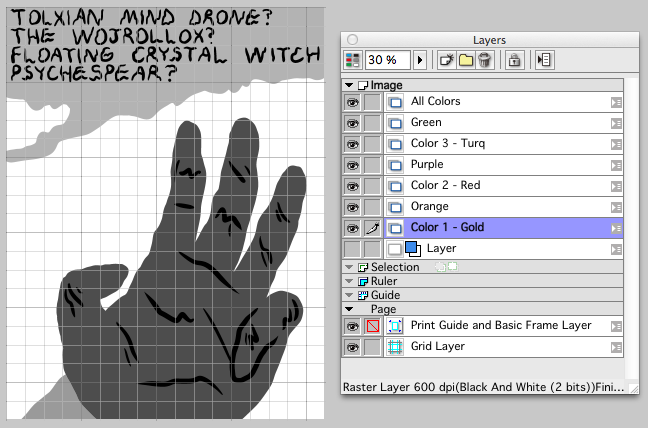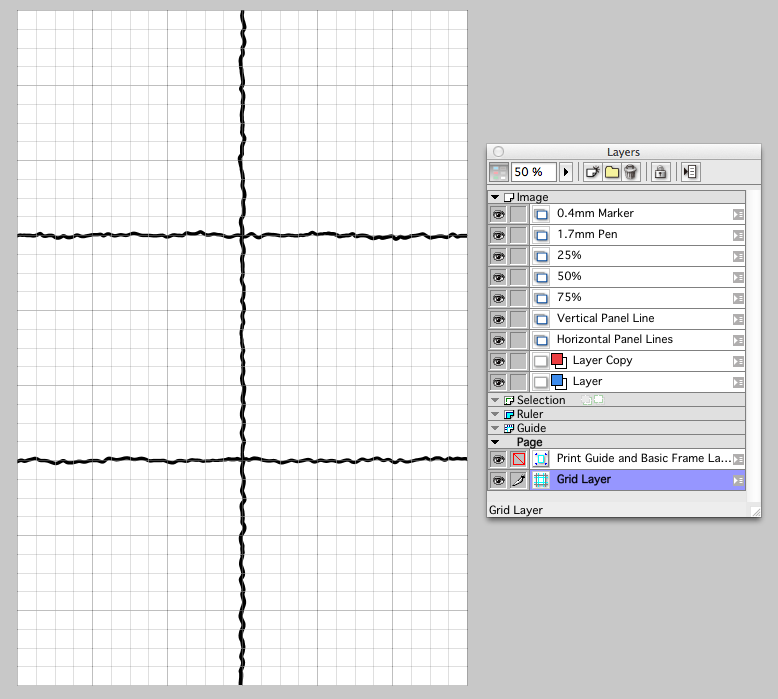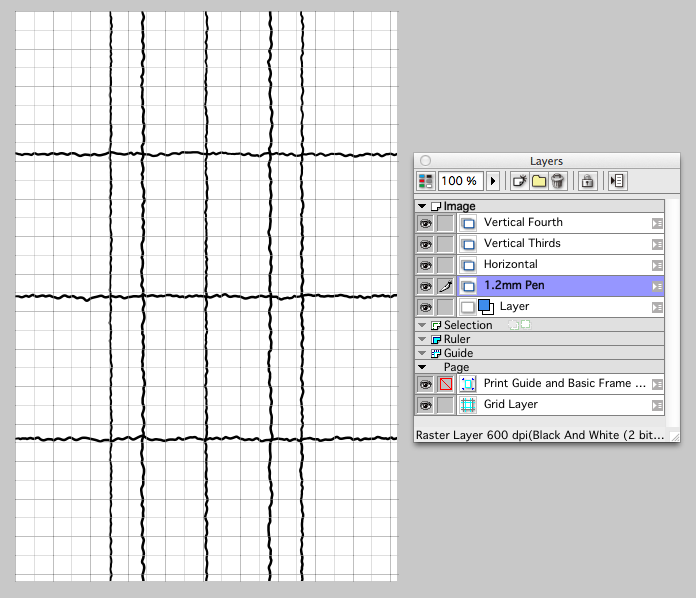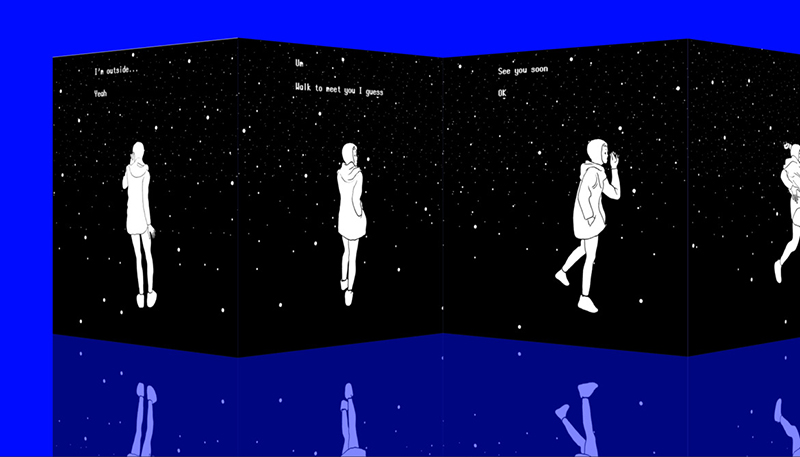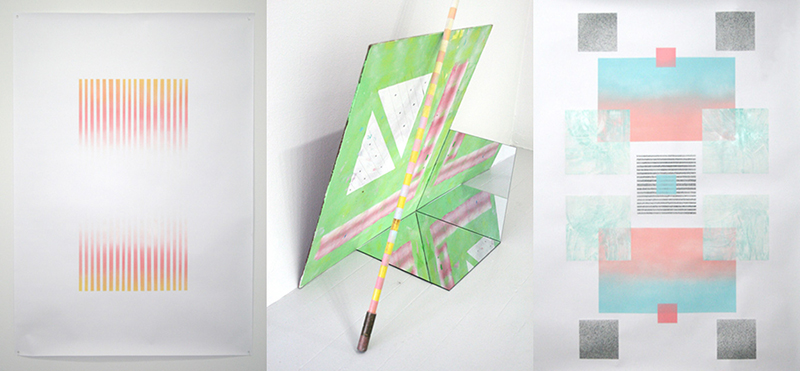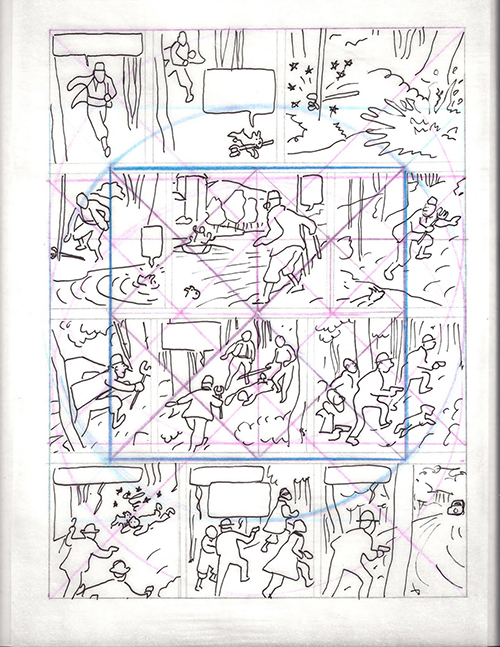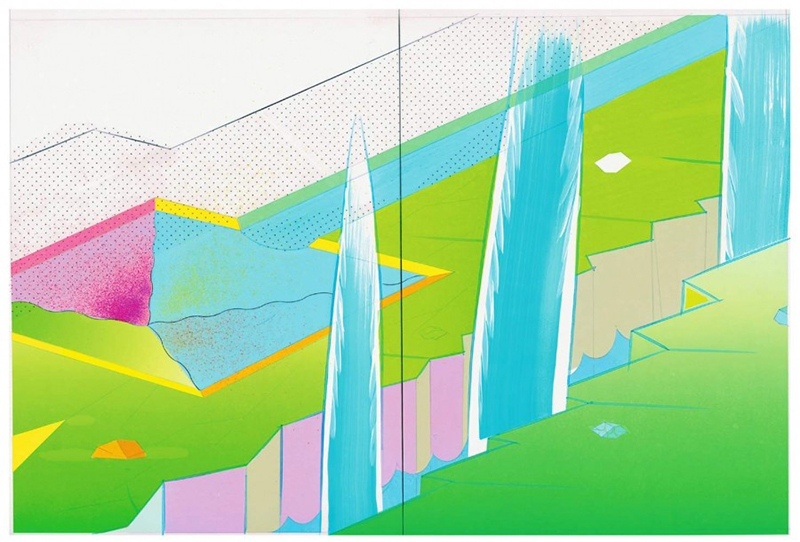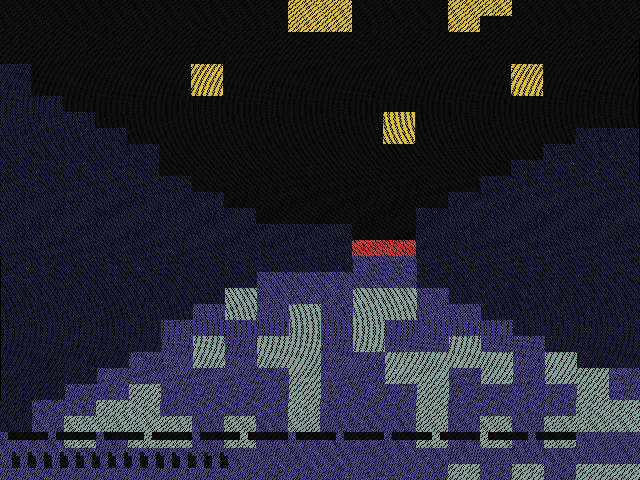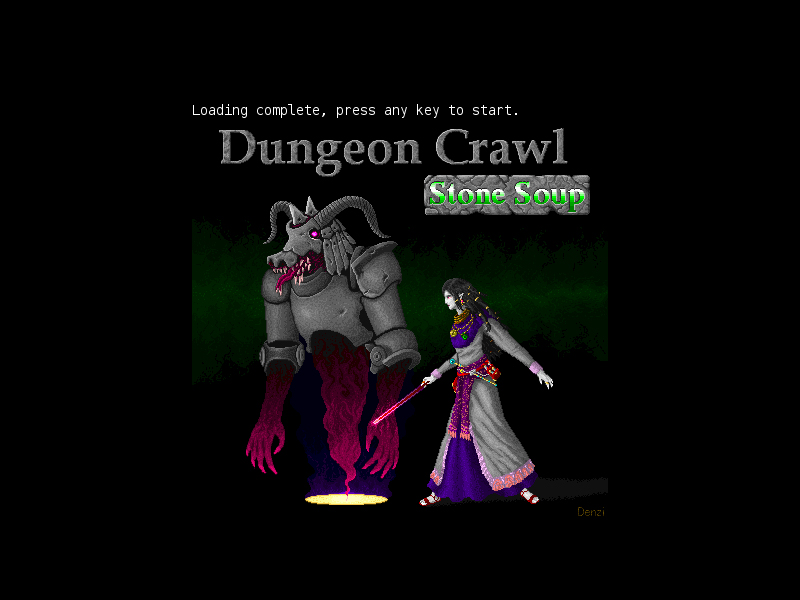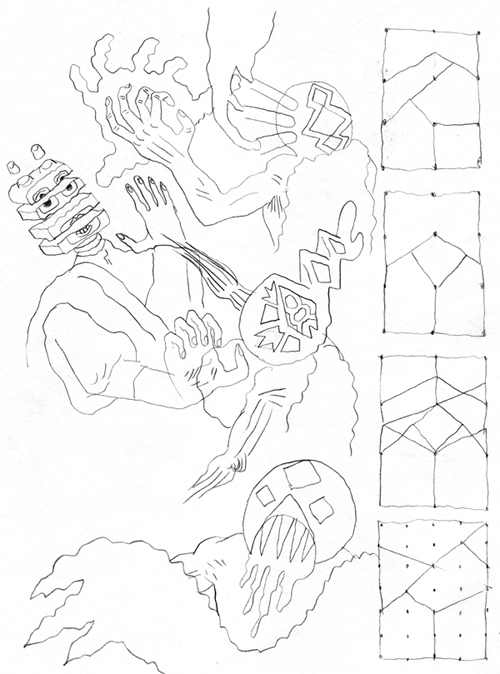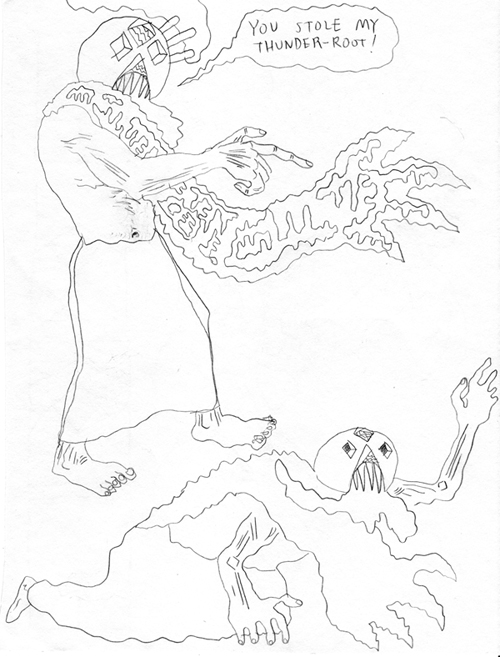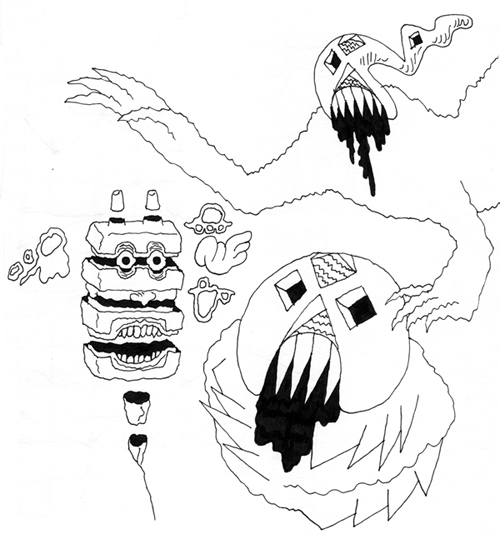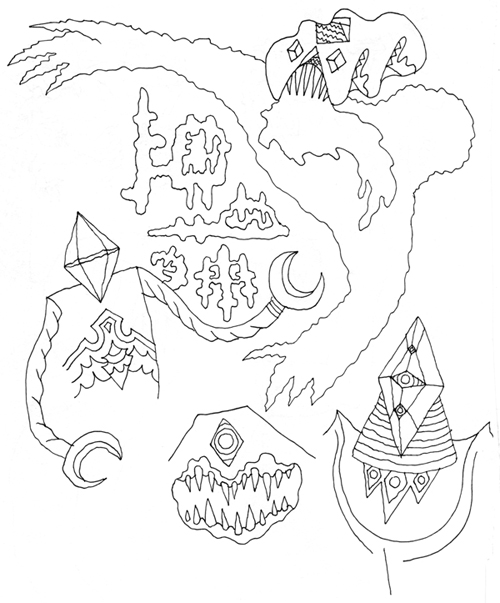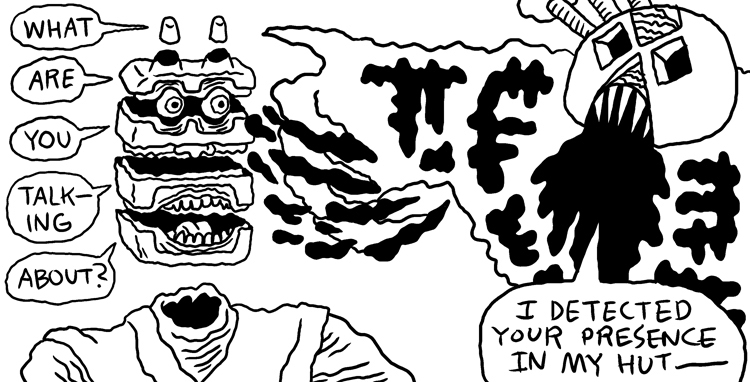Skew is up to page 55 on Study Group and I’ve got a pretty good buffer built up. I set Skew up so that I could crank out the pages quickly in the limited studio time that I have now that I’m a father. One page per panel, three colors that mix for a total of seven colors plus white. I always try to make things easier for myself by creating rules and layouts for a project before I began.
Skew spoiler. You can see the layers that I reuse for every page.
I decided to generalize my comics-making rules, if any of y’all are curious:
- Don’t proscribe. These rules only apply to my current comics project. I’m not trying to delineate absolute or universal rules for anyone else’s comics practice (including my future self).
- Decide on the parameters of a comic before I begin (size, colors, number of panels).
- Start each page with the same grid, which can be modified (for example, two panels combined into one) but can’t be supplanted (an eight-panel page when all previous are six).
Vortex template. I keep the horizontal and vertical panel lines in separate layers so that I can easily delete them to combine panels.
- Draw on the computer. I want hard-edged bitmaps. I want to control whether each pixel is black or white. Plus, drawing on a computer is much faster because it cuts out scanning. The final comic is the art object, not the original page.
- Draw with an expressively wavy line and turn off any line-smoothing effects. Computers can draw perfect straight lines or smooth Wacom-drawn lines for me so I should zoom in on my human imperfections.
- Don’t dwell on the past. The trap of drawing on a computer is the infinite malleability. Once a page is finished, keep revisions to a minimum. This rule is the hardest for me to follow but I try to remember the words of Chögyam Trungpa: “First thought, best thought.”
One-page comic template (originally developed for my Smoke Signal submissions). I drew vertical panel lines that split each row into thirds and a second set of that split each row into fourths.
- Don’t outline my plots. The story will come to me as a draw. To outline is to kill the idea by pinning it.
- Show what happens as clearly as possible. Keep narration to a minimum. Use as many panels as is necessary to show the beats of an action.
- Challenge my subconscious assumptions when designing characters. Even when I’m designing aliens, I unthinkingly default to light skinned and male. Rethink these assumptions.

